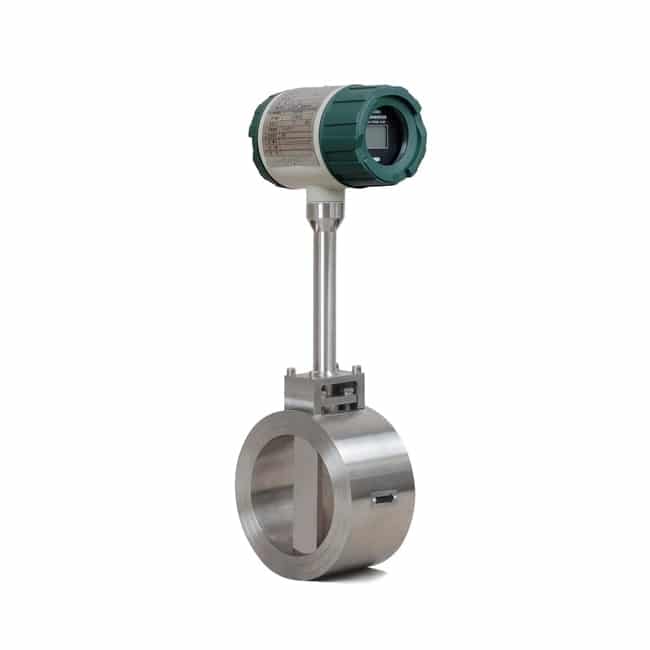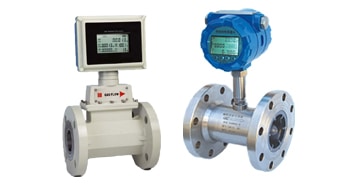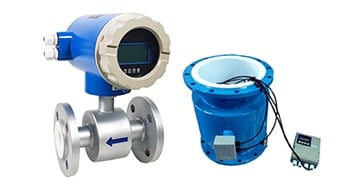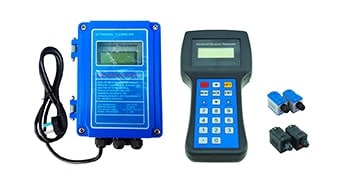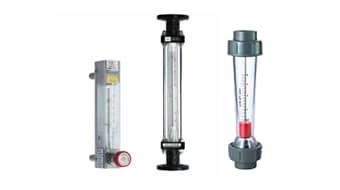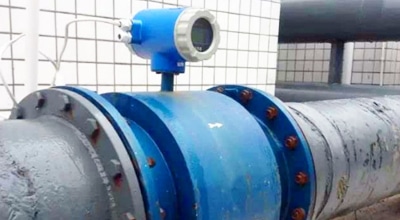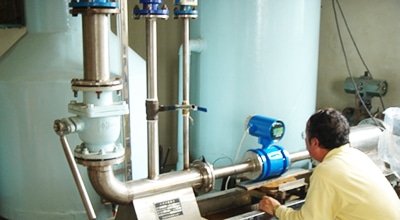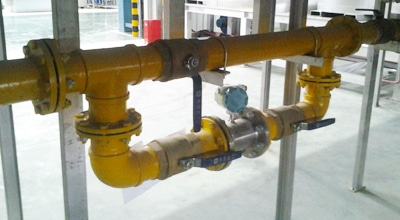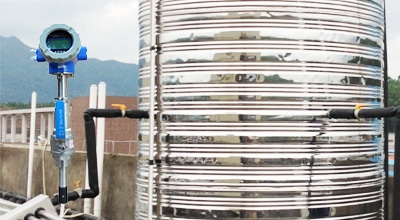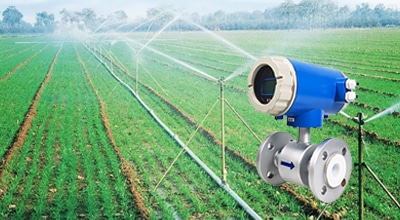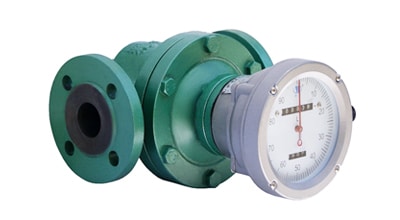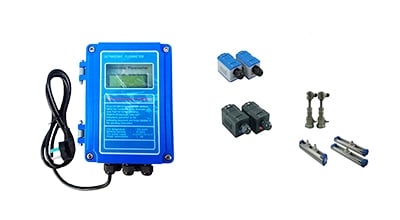Vortex Flow Meter
Vortex flow meters are long-lasting and robust with field-proven sensor technology and high reliability, improving plant efficiency and reducing operating costs. Apure’s digital vortex meters feature a unique sensor design that accurately identifies and eliminates noise, resulting in stable and accurate measurements without any need for startup tuning. Vortex measurement: robust and universally applicable for liquids, gases and steam.
Vortex street flowmeter measurement principle
The working principle of the vortex flow meter is based on the Kamen vortex principle. When a fluid flows through a resisting fluid, regular vortices are generated alternately on both sides of it, which are called Kamen vortices. These vortices are arranged asymmetrically downstream of the resisting fluid, forming a series of alternating vortex columns. The frequency of the vortices is directly proportional to the flow rate, so the flow rate of a fluid can be determined by measuring the frequency of the vortices.
The specific working process of vortex flow meter is as follows:
- Fluid flowing through a resisting fluid creates alternating Kamen vortices on either side of it.
- The vortex sensor assembly is located downstream of the resisting fluid and consists of a piezoelectric sensor and a magnetic assembly.
- As the Carmen vortex passes over the piezoelectric sensor, a pressure change is generated against it.
- The piezoelectric sensor converts the pressure change into an electrical signal.
- The magnetic assembly is used to generate a reference signal which is mixed with the vortex signal and sent to the transmitter circuit.
- The transmitter circuit processes the mixed signal and converts it to a standard output signal, such as a 4-20mA current signal or a frequency signal.
The output signal of a vortex flowmeter is proportional to the flow rate, so the flow rate of a fluid can be calculated by measuring the output signal.
Application
Vortex flowmeters are ideally suited for a variety of applications in a wide range of industries, including oil and gas, refining, chemical and petrochemical, and food and beverage. Vortex flow meter also perform well in steam-related applications, including steam injection and steam measurement in district energy systems and industrial plants.
- Steam Related
- Refining
- Chemical
- Oil and Gas
- District Energy
- Reverse Osmosis
- Petrochemicals
- Metallurgical Industry
Benefits
Vortex flow meters offer many advantages for flow measurement, including easy installation without pilot lines, no moving parts for maintenance or repair, low potential for leakage, and a wide range of flow adjustments.
- In addition, vortex flow meters are unique in that they can accommodate liquids, gases, steam and corrosive applications. Vortex flow meters are also able to withstand high process pressures and temperatures
- Universally suitable for measuring liquids, gases and vapors
- Virtually unaffected by changes in pressure, density, temperature and viscosity
- High long-term stability: no zero point drift and no lifetime K-factor
- Typical regulation ratios of 10:1 to 30:1 for gases/vapors and up to 40:1 for liquids
- Wide temperature range: -200 to +400 °C (+450 °C on request)
Vortex Flow Meter Selection
- Pipe size: the size of the flowmeter should be matched with the pipe size. The caliber range of vortex flowmeter is generally DN10 to DN2000, the specific selection should be based on the actual size of the pipeline to determine.
- Fluid type: the flowmeter should be compatible with the fluid to be measured. Vortex flowmeter can be used to measure the flow of various gases, liquids and steam, but for fluids with high viscosity, it is necessary to choose a special vortex flowmeter.
- Measurement accuracy: the desired level of flow measurement accuracy. Vortex flowmeter measurement accuracy is generally up to ± 1.5%, or even higher, but the specific selection should be based on the actual application requirements to determine.
- Installation conditions: the installation conditions of the flowmeter, such as the length of the straight pipe section. Vortex flowmeter installation requires a certain length of straight pipe section to ensure the measurement accuracy, the specific length should be determined according to the flowmeter’s instructions.
- Price: the cost of the flow meter. The price of vortex flowmeter is affected by the brand, model, accuracy and other factors, the general price of a few thousand dollars to tens of thousands of dollars.

